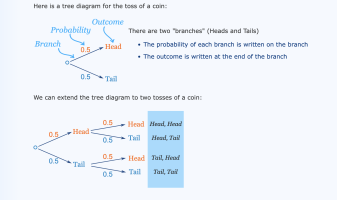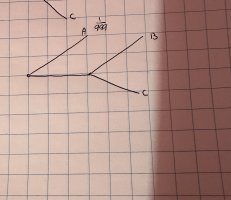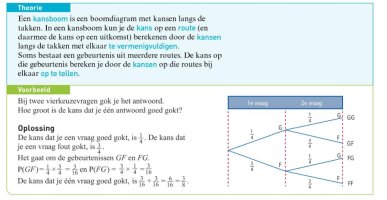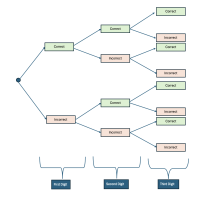bmcthankies
New member
- Joined
- Jul 8, 2024
- Messages
- 9
Hi, first post here! I’m stuck on this question:/. My teacher hasn’t given any lecture about this subject, so I’m kinda bad at it. I’ll translate the homework since it’s in another language:
Suzan has created the following game: The computer generates a random integer from 100 to 999. The number is only visible to the game leader. The player has one attempt to guess the number. If the number is guessed correctly, the player receives €500. If two numbers are guessed in the correct place, the player receives €10. Guessing one number correctly of the three results in a prize of €1.
Questions:
-Draw a probability tree for this game
-Explain the chance of the payout of €10 is almost 3%
-Give the probability distribution of the payout.
-Calculate the minimum stake that Suzan must ask per game to make a profit in the long run.
Sorry for the long post!!
Suzan has created the following game: The computer generates a random integer from 100 to 999. The number is only visible to the game leader. The player has one attempt to guess the number. If the number is guessed correctly, the player receives €500. If two numbers are guessed in the correct place, the player receives €10. Guessing one number correctly of the three results in a prize of €1.
Questions:
-Draw a probability tree for this game
-Explain the chance of the payout of €10 is almost 3%
-Give the probability distribution of the payout.
-Calculate the minimum stake that Suzan must ask per game to make a profit in the long run.
Sorry for the long post!!




